Text and photos by Gráinne Quinlan.
I have always enjoyed the thrill of combining adventurous travel with my love of photography. Photographing the Irish Strawboys offered this to me and more, taking me on an Alice in Wonderland adventure — an unimaginable journey that brought me to parts of Ireland, my home country, which I had never seen before and where I met with characters who will forever stay etched on my mind — the Strawboys.
My engagement with the Strawboys opened the door to a world unknown to me — a world of exuberant costume and magnetic performance going beyond any spectacle I had seen before, certainly in Ireland or indeed Europe.
The lead up to my ‘discovery’ of the Irish Strawboys is perhaps equally interesting and deserves its own part in this story.
I had recently submitted my thesis in my final year in my photography degree at the Dublin Instititue of Technology, after spending almost twelve months of arduous writing, involving late nights, reedits and copious amounts of caffeine.
My chosen subject was the great Malian photographer Seydou Keita. For months I had immersed myself in Keita’s stunning imagery and style. My research immersed me in the culture of Mali — its music, sculpture and paintings — a cultural kaleidoscope that is as uplifting as it is inspiring.
In addition to Keitas’ kinetic imagery, with his choice of simple backdrop and subjects
that appear in front of the camera with ease and grace, I spent hours poring over images of the Dogon tribes people. The esoteric culture of the Dogon tribe in southern Mali, is enthralling to the eyes and ears unfamiliar with such practices. Their sensually detailed carved masks and ruffled costumes filled me with wonder and fueled a curiosity in me of masking traditions.
By January 2012, each of the fourth year photography students at D.I.T were let loose to fully concentrate on their photographic practice and subject of their own choice. Ideas for projects were considered in trepidation as each student was aware that the resulting images would be displayed in National Photographic Archive and in Dublin’s Gallery of Photography. As a culmination of four years intense study, it needed to pack a visual punch for audience members alike be they family, friends and even the wider general public.
During my search for a suitably visual striking topic and in line with my peeked interested in masking, I began to hear of a strange custom involving strikingly disguised people who attended weddings in the West of Ireland — particulary County Mayo where the tradition remains prevalent today. During the celebrations these masked Strawboys, as I learned they were called, would arrive unannounced to the reception and provide entertainment through song, dance and poetry to the surprised onlookers who, no doubt, would have been particularly amazed by their elaborate costumes.
My search for images of the Strawboys invariably indicated that the highly visual Strawboy performance had largely only ever been captured by amateurs and the occasional local photographer. It was the idea that this unique performance had only ever been captured by amateurs that instilled in me an eagerness to record this colourful practice formally, away from the distractions of the performance.
Historically, the tradition was most prevalent in rural areas of Ireland. The Strawboys would arrive at a bridal breakfast party in the brides home, sometimes down a chimney or by banging loudly on the front door with a mock menacing tone. Disguised in masks made of straw — a cheap material readily available in Ireland at the time — the Strawboys would regale the wedding guests with song and horseplay. Often they would be uninvited neighbours looking to gain access to the celebration and to partake of the refreshments on offer in return for lively entertainment.
Archival letters held at the National Folklore Collection in the University College of Dublin (UCD) suggest that many people in rural Ireland would expect the Strawboys arrival at any given wedding reception and in some cases despite the guise, their identity was clear to all through body shape and spoken word. By the 50s however, the tradition had petered out in many areas with mass emigration and a change in farming practices that led to the demise of straw.
Once I began to reach out and contact the still existing Strawboy troupes, much to my delight, my phone calls where always greeted with an eager and welcoming response: “No problem, how many Strawboys do you want for your photo?”.
Arranging visits to various parts of rural Ireland where the Strawboy tradition is still practiced was a photographer’s dream. I travelled over the Connor Pass in County Kerry, had tea with an eighty year old Strawboy in his bucolic kitchen in County Fermanagh and returned to Dublin with my very own strawmask gifted to me by the Ulster Folk and Transport Museum in Belfast.
The people I met, are as one might suspect, entertaining storytellers or seanchaí’s — the Irish word for storyteller. After agreeing to sit for a formal portrait they told tales and gave reason for their Strawboy participation. Many of the stories recalled were humble, honest and humorous. Not only does the tradition allow group members to practice music and song, it offers to a means to socialize and to engage with a rural community that otherwise stays in the confines of a home.
Beneath the fears and worries attached to exhibiting, intuitively I felt that exhibiting portraits of Stawboys, would remind viewers of photography’s potent power. It was has always been my belief that photography’s greatest attribute is its ability to educate people, in as much as literature or the spoken word. The Strawboy tradition that I focused on was largely unknown — an almost forgotten anachronism from a different time in Ireland. This was certainly true amongst the groups of people that I shared the idea with, and for this reason I felt compelled to follow my idea.
In terms of how I approached each portrait, I was able to drawing inspiration from my recent studies. Using a tried and tested formula — certainly influenced by Keita — I placed the emphasis on the performer’s visual presentation rather than the commotion of an energetic performance. The format of a formal portrait, I like to think, shows the Strawboys as stately and noble looking befitting their striking and imposing visual aesthetic.
For more photos and stories, please visit Gráinne Quinlan website.

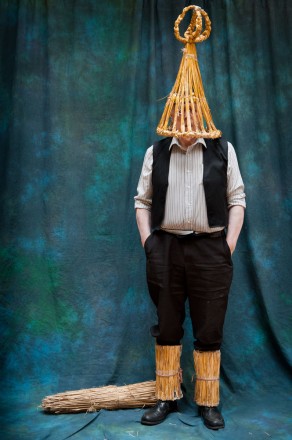
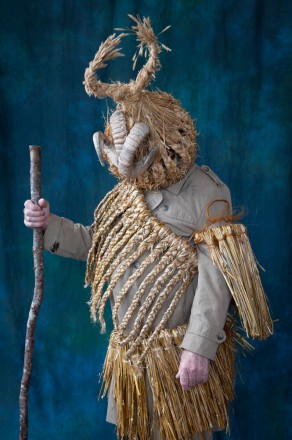
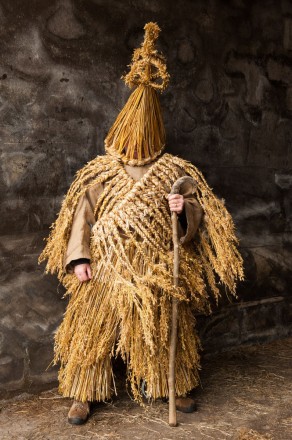
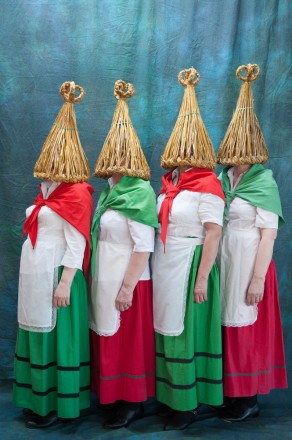
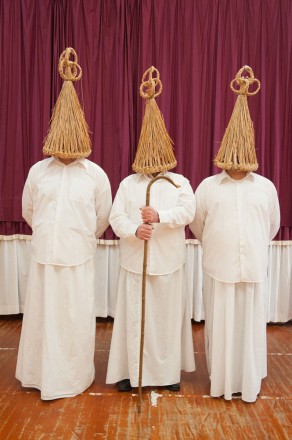
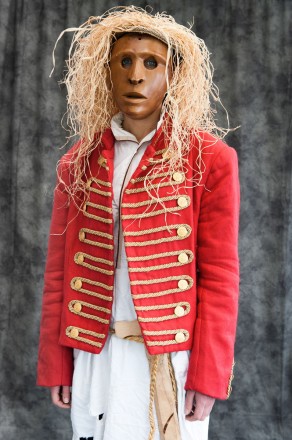
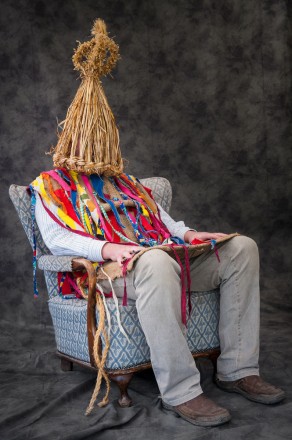
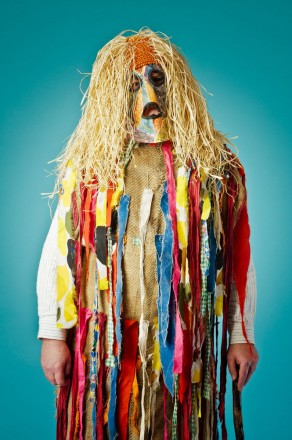
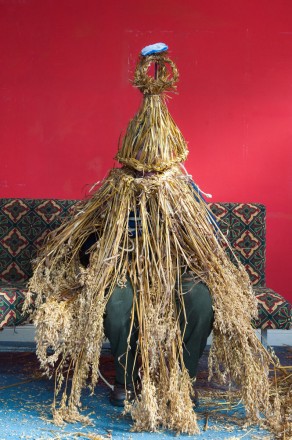
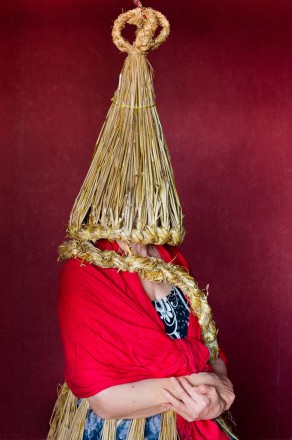
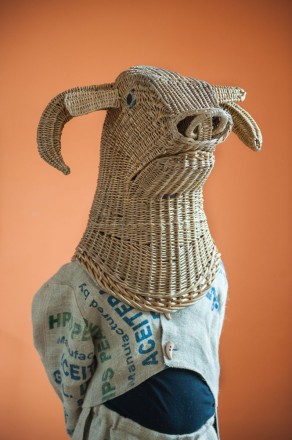
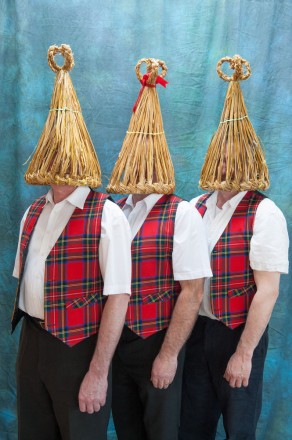
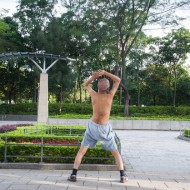
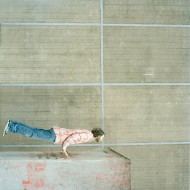
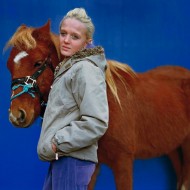
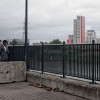






























You can also subscribe to this post comments RSS feed.